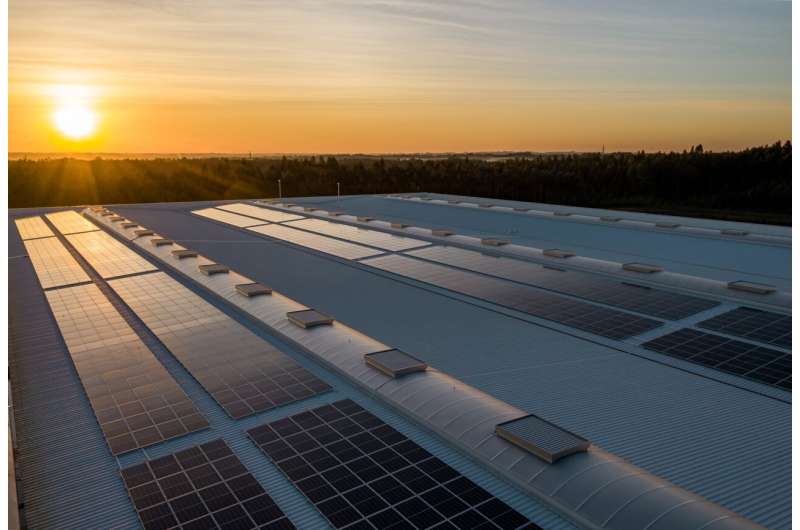
Wholesale prices in the New Zealand electricity market have soared over recent weeks, climbing as high as NZ$1,000 per megawatt hour. North Island pulp and paper plants have temporarily closed down because of the spike in costs.
Associate Energy Minister Shane Jones has accused the big energy generators of profiteering, and said the government was investigating ways to force them to cut prices.
On top of that, Energy Minister Simeon Brown has announced plans to investigate the feasibility of importing liquid natural gas (LNG) to help increase gas-generated electricity supply and lower prices in the process.
This would entail buying or renting a floating LNG terminal and building out complementary infrastructure such as pipelines. That would take a minimum of a year (more likely two or three years) and would be expensive, with imported gas prices considerably higher.
A much better option, we suggest, would be to prioritize the expansion of rooftop solar throughout New Zealand. This could not only add significantly to the overall electricity supply, but also help bring down prices.
Rooftop solar at scale
The immediate cause of the crisis is low hydro-lake levels, combined with a long-term reduction in the supply of natural gas. Exacerbating this is the market power wielded by the big electricity generator-retailer companies ("gentailers"), which are set up to profit during times of scarcity.
Electricity supplied by gas-fired generation has steadily declined. Since 2015, almost 600 megawatts of gas plant capacity has been decommissioned, with no new additions.
The Electricity Authority's 2023 study, "Ensuring an Orderly Thermal Transition", found the decline in gas-powered generation will continue. By 2032, this thermal generation is projected to be just 1.4% of total generation, compared to 14% currently.
An updated announcement from the Electricity Authority in June this year says Contact Energy's largest thermal gas unit will retire this year or next. Furthermore, Genesis Energy has announced plans to use biomass to power some of its gas turbines.
Existing gas generation will increasingly struggle to compete on price with new wind and solar renewables, which are getting cheaper all the time.
Grid-scale renewable electricity supply is expanding gradually. By 2025, there are expected to be 270 megawatts of new geothermal, 786 megawatts of additional solar, and 40 megawatts of new wind power. The combined total would add almost 10% to the country's yearly electricity production.
To alleviate the energy supply shortfalls primarily attributable to low rainfall, we suggest rapidly expanding cheap solar photovoltaics (PV), specifically rooftop solar for ordinary households. Our soon-to-be-published research suggests such capacity can be expanded quickly and cheaply.
Based on the Australian experience, we estimate modest subsidies for the capital cost of installing solar rooftop systems would add the equivalent of 700 megawatts a year (2% of the total) to the electricity supply. This significant new supply will reduce electricity prices.
This article is republished from The Conversation under a Creative Commons license. Read the original article.![]()
Citation: Opinion: NZ's electricity market is a mess—rolling out rooftop solar would change the game (2024, August 21) retrieved 21 August 2024 from https://techxplore.com/news/2024-08-opinion-nz-electricity-mess-rooftop.html
This document is subject to copyright. Apart from any fair dealing for the purpose of private study or research, no part may be reproduced without the written permission. The content is provided for information purposes only.
